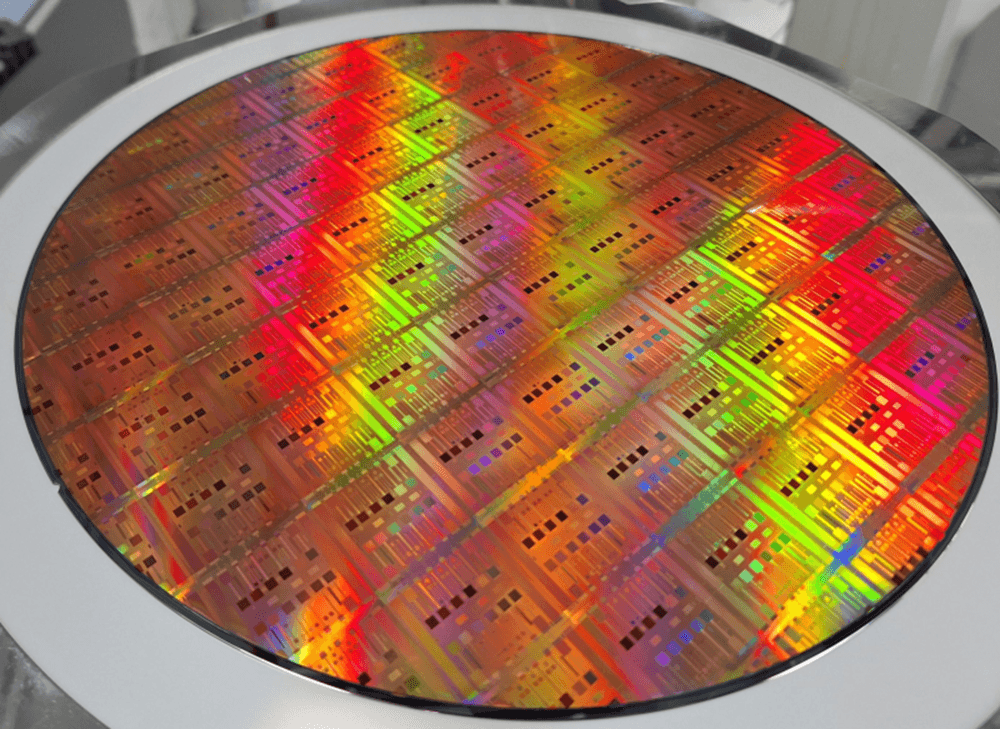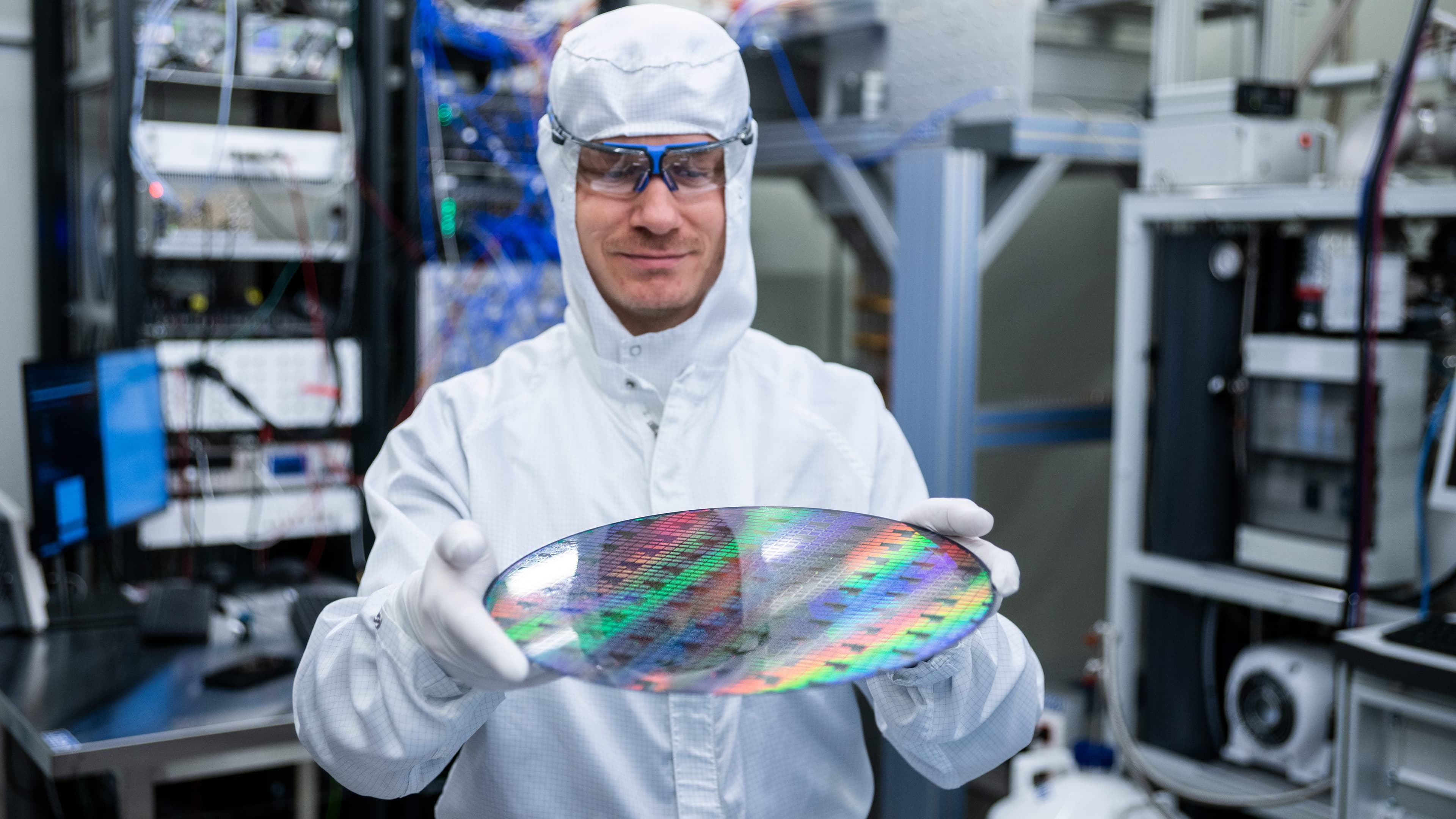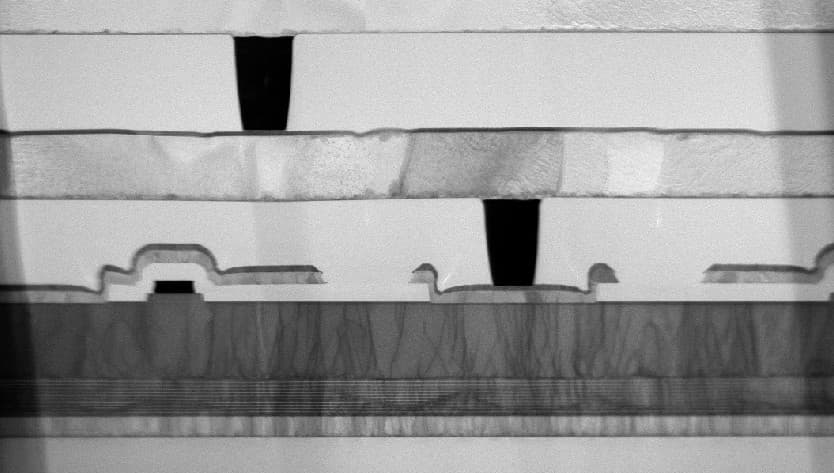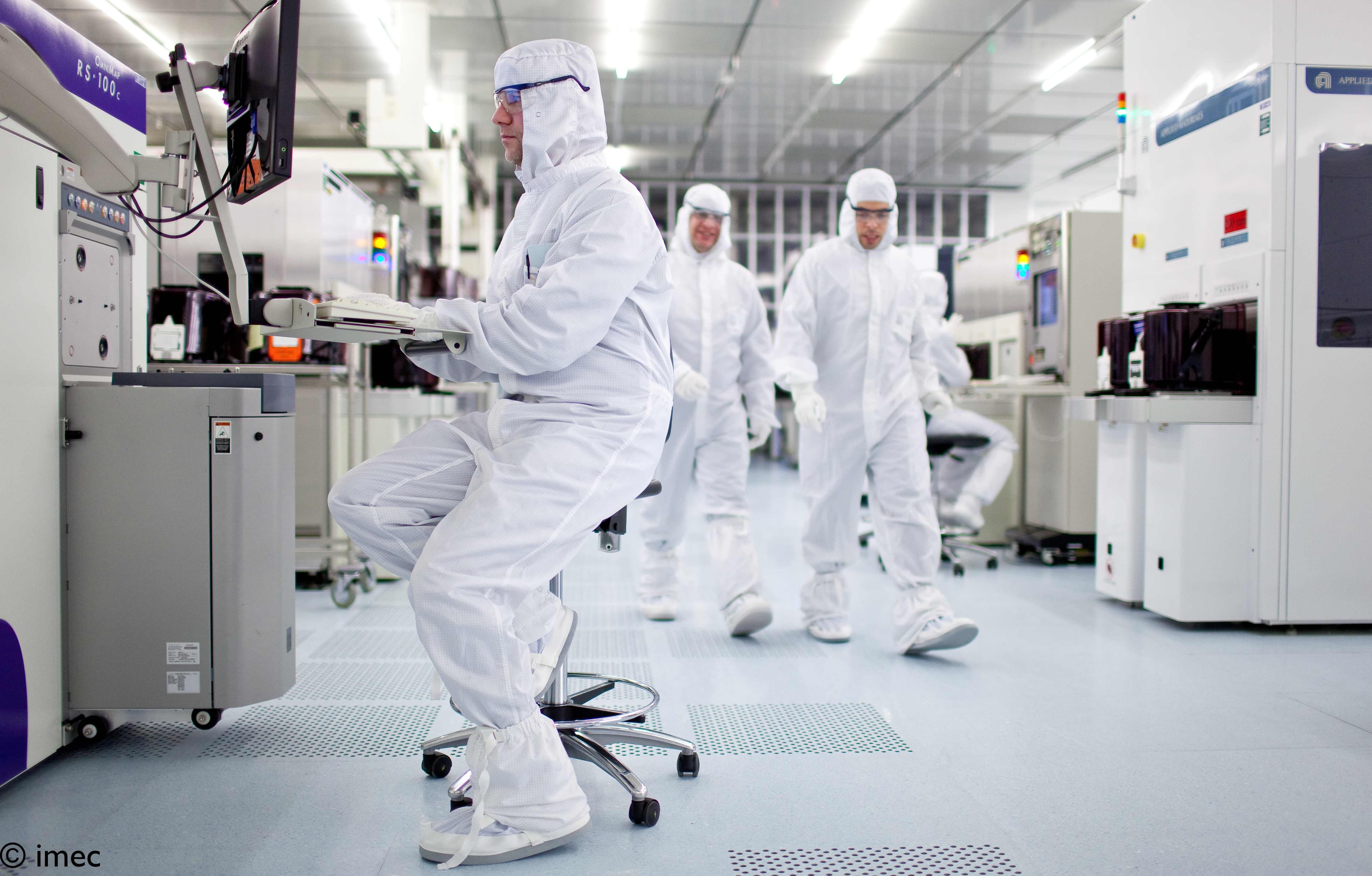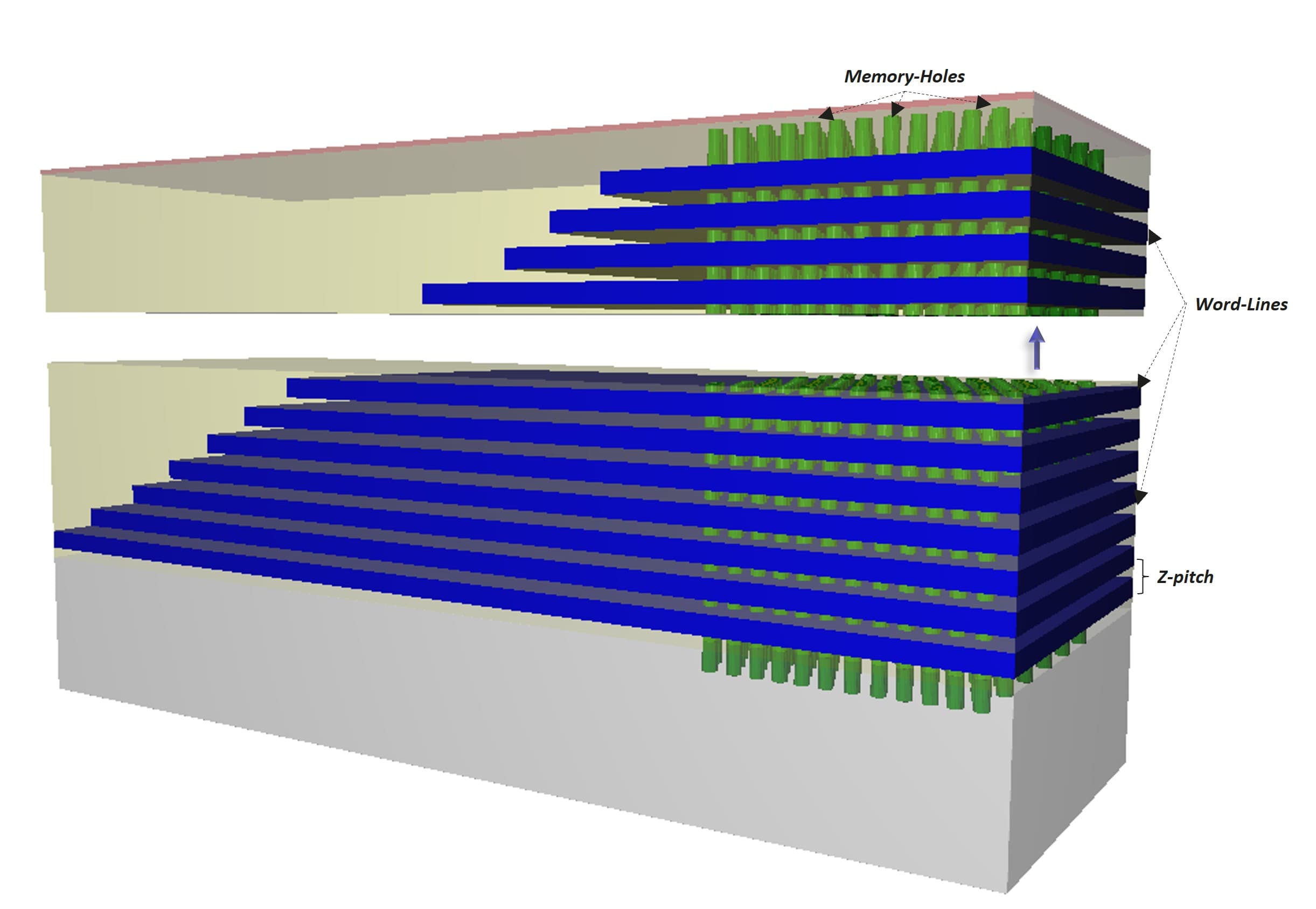A digital mirror
When talking about burnout, people at work and family members often say: “I had seen it coming.” But for the person himself/herself, burnout comes like a thunderclap from a clear blue sky. Could technology help us better by holding up a mirror to us? By providing an insight into our mental state? And, much more important: could technology be used to help support company doctors, psychologists and psychiatrists in asking a patient the right questions that will really get the conversation going faster and probing further to find the cause of the problem more quickly?
A mental diary
Persistent stress is a major cause of burnout. But when you ask someone to say when they were stressed last week and whether they think their general stress level is higher or lower than last month, there’s a good chance that the person will have to think long and hard about it and even then not be able to answer with any certainty.
Stress is not the same as pain, which you can usually recall increasing or decreasing. In fact remembering your mental state can be very difficult, especially when it comes to deciding whether things are better or worse than they were the last time you went to the doctor. However, imagine there was technology capable of measuring your stress levels as autonomously as possible. And imagine, when you were talking to your doctor, that he or she could consult your ‘mental diary’ and – based on this – ask very specific questions: “Now, do you remember whether something unusual happened on Monday afternoon?” or “I see here that you always get more stressed on Sunday afternoon; why is that?” and so on. Using questions like that, doctor and patient would be able to focus better on the context and arrive at the cause of the problem. Better still, this sort of technology would also help us to determine whether this or that treatment is helping, or not.
Apps and wearables
Today there is already technology on the market able to look at a person’s mental state and stress levels. One such is the Mappiness app, which is currently being promoted as a research instrument, but which anyone interested can already use to try and find out what makes them (un)happy. For example, the app can tell you that you always feel less happy when you have had fewer than 7 hours’ sleep, or if you spend more than 2 hours using your smartphone. It can also tell you that you feel happier when you’ve had lots of social contact or have spent time on your favorite hobby or doing your job well, etc. It may sound obvious, but this sort of ‘digital mirror’ can actually make people see what is good or bad for them (although they already know this subconsciously). The disadvantage of the app is that it is based mainly on filling in questions, which typically takes up a lot of your time. Other solutions use wearables, such as the BioRICS wristwatch, and are certainly a step in the right direction. These can be used to determine a person’s stress level based on their heartbeat. They are used in businesses to monitor stress in employees and with sportspeople to improve their performance.
Stress is complex
Unfortunately, the ideal solution for gauging our mental state – and for producing a mental dashboard to help psychiatrists – is not yet on the market. That’s because stress is very complex and the way it is expressed via measurable parameters (sweating, breathing rate, heart rate, temperature, etc.) differs from person to person. Stress is also a normal part of our everyday lives, but it doesn’t necessarily lead, by definition, to burnout…
It’s all in the context
Yet I believe that we – engineers – can work closely with biomedical specialists and psychiatrists to bring a new sort of stress instrument or tool to market within a few years. A wearable (something like today’s fitness trackers) that measures all sorts of relevant parameters (heartbeat, heart rate variability, skin conductivity, temperature, breathing rate, etc.) and that has sufficient intelligence to get to know a person over time (and hence know how stress expresses itself in that particular person). The readings taken by the wearable will then be used in conjunction with an app that gathers information (unobtrusively) about a person’s life context: are they at work, out and about, in traffic, at home, at their sports club; what arrangements there are in the digital diary; is there a lot of ambient noise or is it quiet, etc. Combining all of this data enables a kind of dashboard to be established in which the psychiatrist or doctor can recognize trends and which can be used as a guide for a ‘good conversation’.
Want to know more?
- Read this article in imec magazine about the imec.iChange program
- Read the press release on the largest stress study ever conducted, by imec researchers.
- Chris Van Hoof wrote this column for the Artsenkrant (The Dotor's Newspaper). Other columns in the Artsenkrant (in Dutch): http://www.artsenkrant.com/opinie-analyse/
Chris Van Hoof leads imec’s Connected Health Solutions R&D across 3 imec sites (Eindhoven, Leuven and Gent). Imec’s Connected Health Solutions teams provide solutions for chronic-disease patient monitoring and for preventive health through virtual coaching. Chris has taken wearable health from embryonic research to a business line serving international customers. Chris likes to make things that really work and apart from delivering industry-relevant qualified solutions to customers, his work has already resulted in 5 imec startups (4 in the healthcare domain). After receiving a PhD from the KU Leuven in 1992 in collaboration with imec, Chris has held positions as manager and director in diverse fields (sensors, imagers, 3D integration, MEMS, energy harvesting, body area networks, biomedical electronics, wearable health). He has published over 600 papers in journals and conference proceedings and has given over 100 invited talks. He is full professor at KU Leuven.
Published on:
3 August 2018




